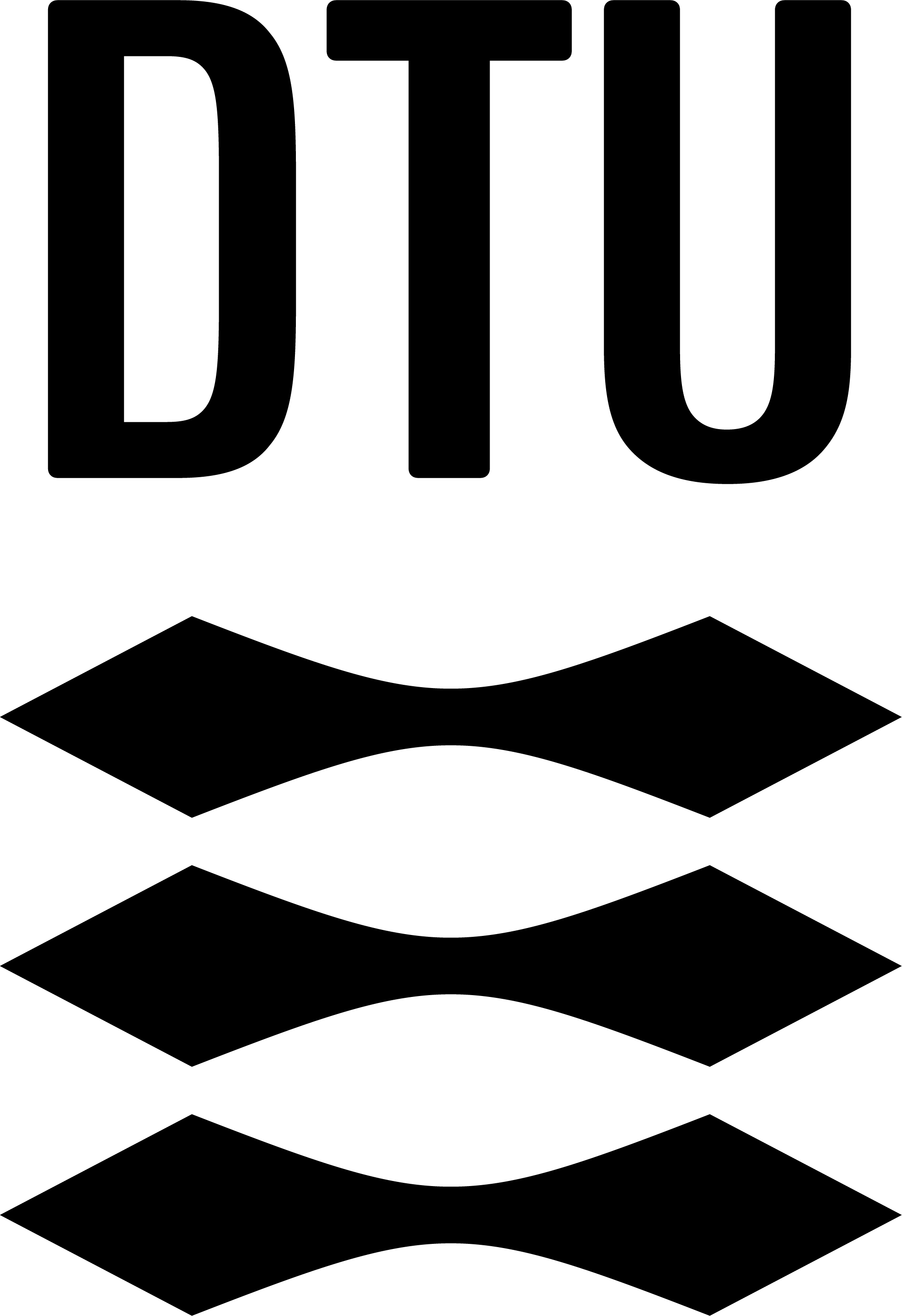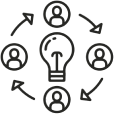Prototyping (Storyboarding) Add/remove
Purpose:
The purpose of prototyping is to visualise an idea in a drawing or physical shape.
It is used as a boundary object for discussion for further detailing, development or presentation of a concept.
This representation gives a good groundwork for a common understanding of a concept and ground for more ideation.
Tips to include participants who are not able to:

Focus
Reduce the amount of available materials to increase focus on a few, simple tools.

Touch
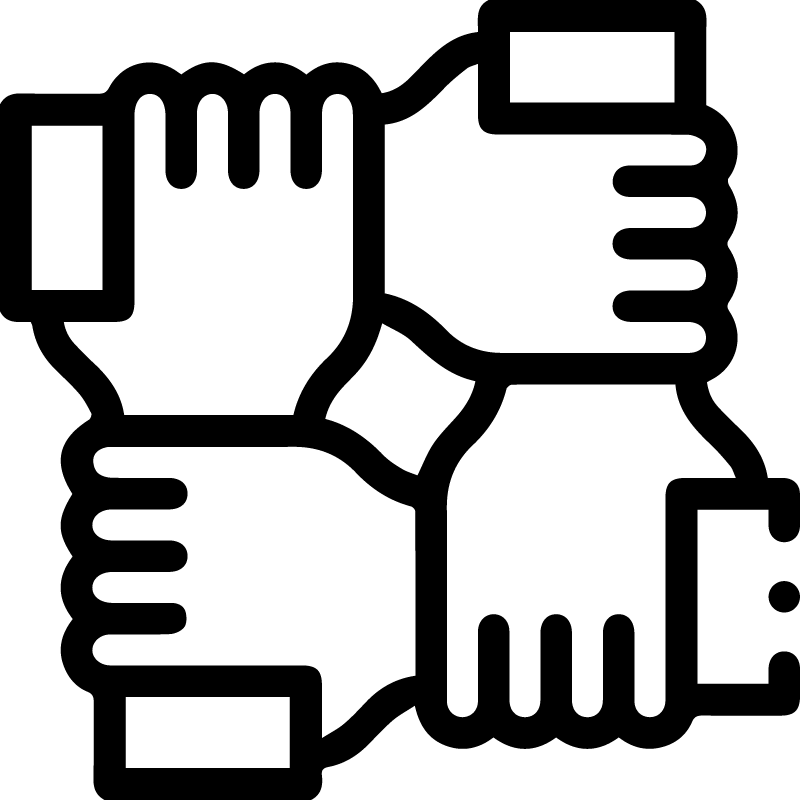
Hold

Think
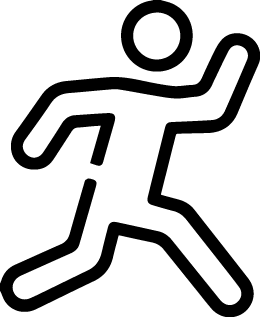
Move

Speak
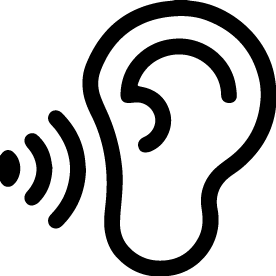
Hear

See
Overview
Input
Basic ideas or descriptions for concepts
Output
Prototypes
Complexity
Moderate-Complex
Time
15-80min
Participants
2-10
Activity
Communicating, drawing, crafting.
Step by step:
Divide the participants in groups of 2 or 3.
Assign or make the groups choose what concept to prototype.
Present materials accessible for the participants. Materials can include:
- Pens
- Pencils
- Crayons
- Color markers
Give the participants a minimum of 15 min to prototype.
Present an example of the principles in a story board, for example:
- Setting
- Pain point
- Solution
- Effect
- Be observant on how the participants prototype – do they need inspiration as to how and what to sketch? Examples on add ons to present for the participants are:
- Call outs
- Coloring
- Highlights of important details in the story board
- Be observant on how the participants prototype – do they need inspiration as to how and what to sketch? Examples on add ons to present for the participants are:
Let the participants present their prototype.
When doing this method you should consider:
- Do not include too many different ways of prototyping into one session as this can lead to decision fatigue.
- Always have a physical and sketching option to accommodate different ways of working.
- Choose the type of prototyping materials based on your participants – can they e.g. use a scissor?
- Pair up the participants so a diverse point of view can be utilized
Materials needed:
- Lego
- Modelling clay
- Cardboard
- Paper
- Foamcore
- Foam sheets
- Templates
- Pens
- Tape
- Scissors
- Exacto knife
- cutting mats
- Glue
- Misc.

